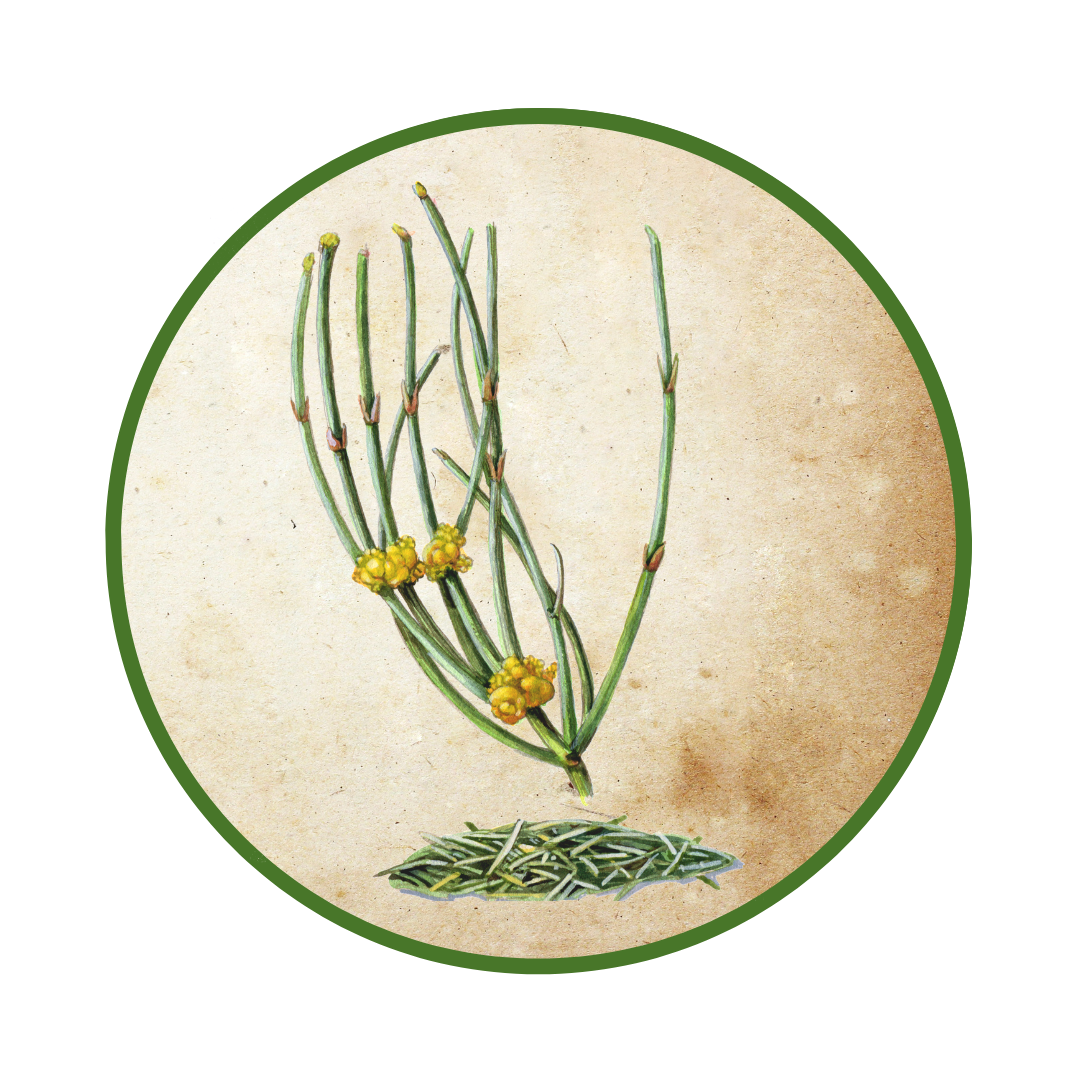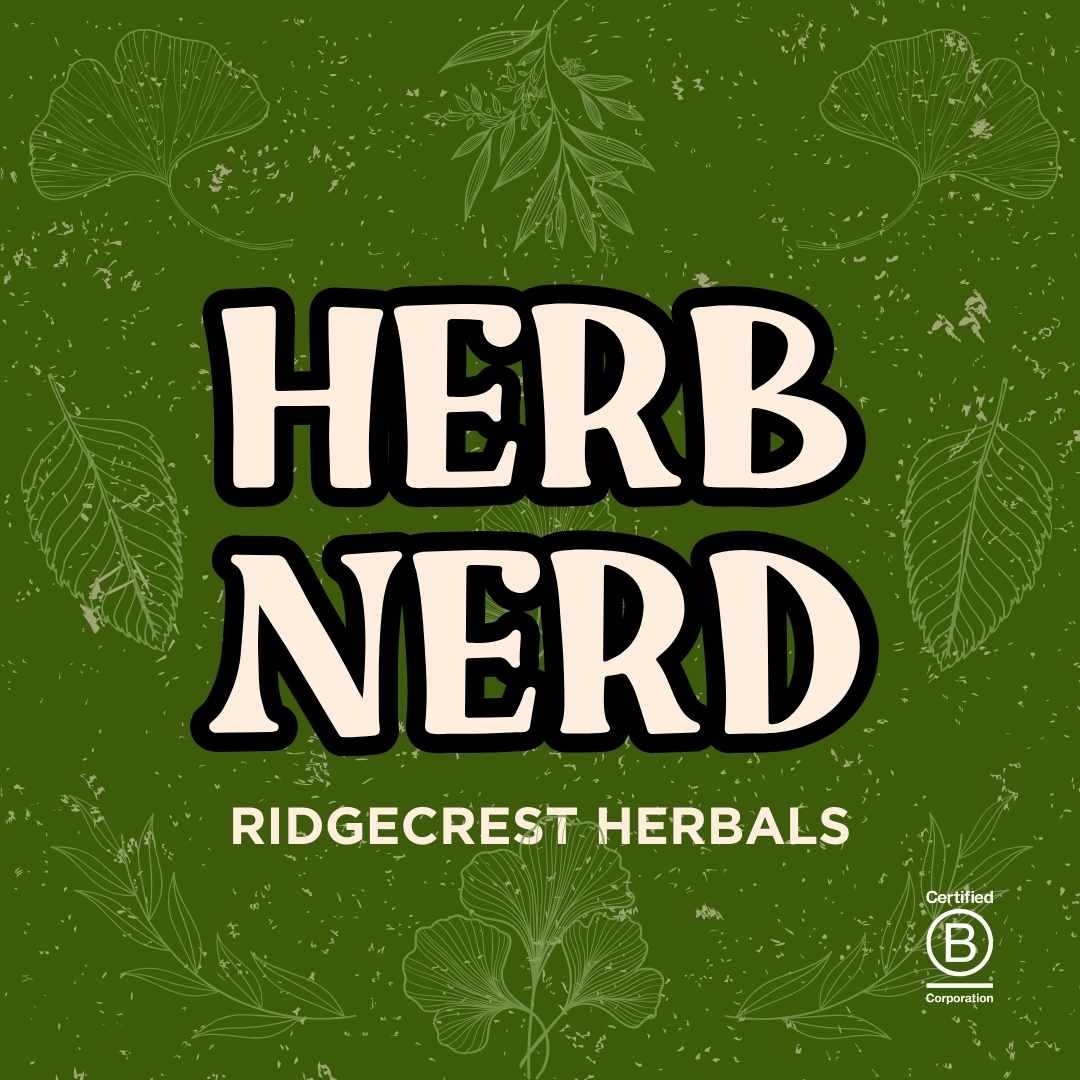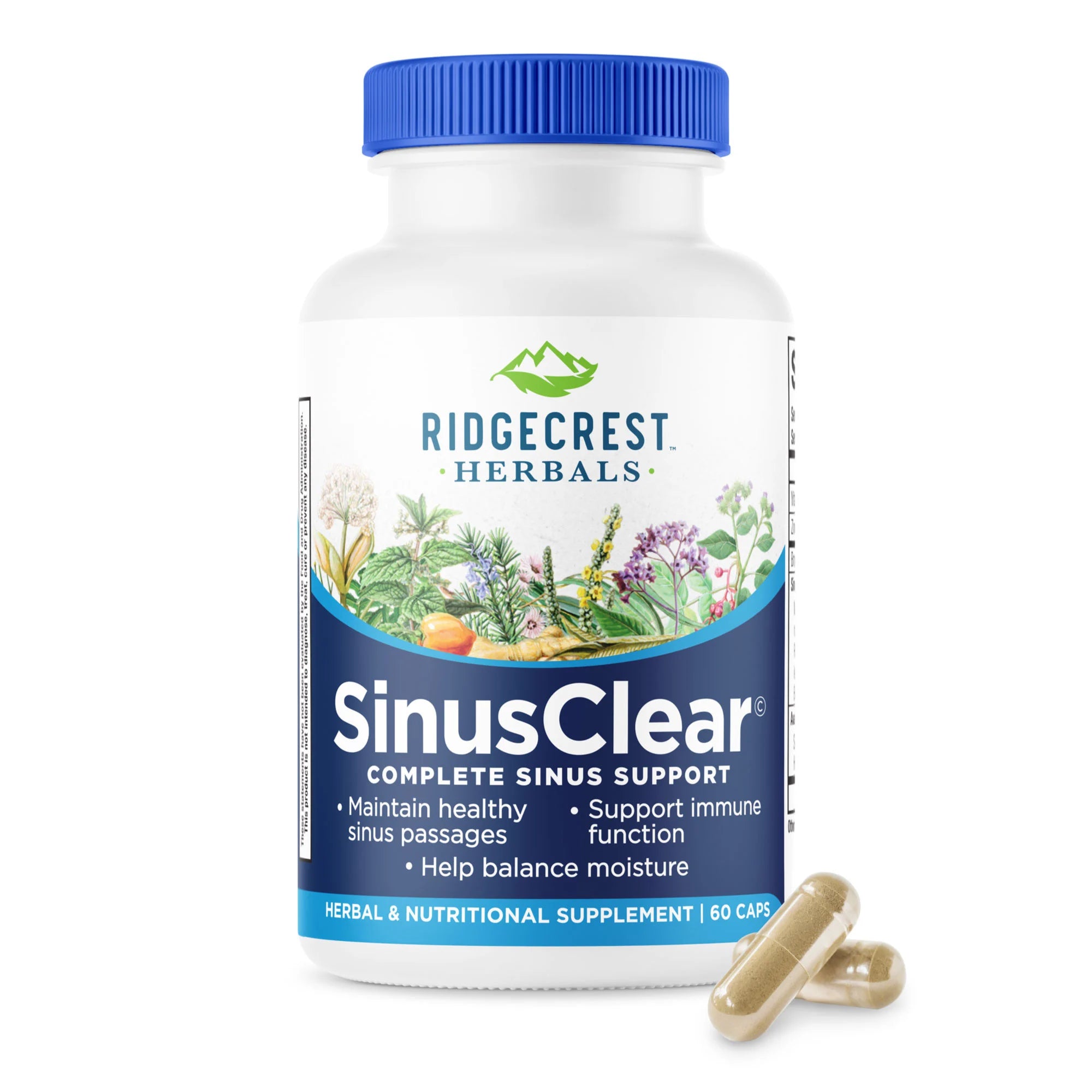Ephedra is a family of low-growing desert shrubs with a long history of medicinal use. Chinese Ephedra (Ephedra sinensis) or Ma Huang has been used in TCM for over 3,000 years and appears in the earliest text, the Divine Farmer’s Materia Medica, and today appears in Shang Han Lun, a textbook found in most TCM coursework. It was used to keep airways and nasal passages flowing freely, and it contains astringent tannins that may help support the respiratory system. It was the plant from which the modern drugs ephedrine and pseudoephedrine were originally isolated. Though Ma Huang had a long history of safe use for lung and sinus health, the FDA essentially banned it (with other species) in 2004, based on health concerns when used as a diet aid, a use which TCM never suggested.
Fortunately, other ephedra species don’t have the same stimulant alkaloids. For example, native tribes of the American Southwest have long brewed Ephedra nevadensis, a cousin to Ma Huang, as a medicinal tea for a variety of health concerns, and used it as a flour as well. After the Mormon pioneers in Utah adopted this local herb, it became known as Mormon Tea, Brigham Tea (after Brigham Young, the Mormon leader), Teamster’s Tea, and Desert Tea. Today the plant continues to be popular in desert-style landscaping and xeriscaping.






Leave a comment
All comments are moderated before being published.
This site is protected by hCaptcha and the hCaptcha Privacy Policy and Terms of Service apply.